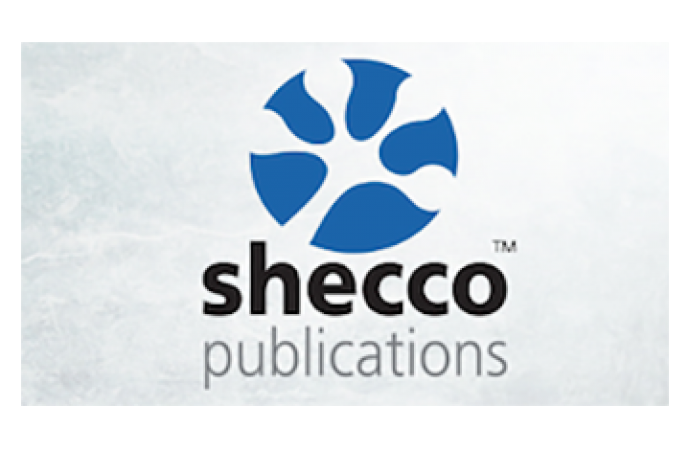As a result of increased policy support from the Chinese Government and external parties, the integration of R290 into China’s room air conditioning (RAC) sector is quickly becoming one of the key potential markets when it comes to the development of natural refrigerants in China. There are already three R290 RAC production lines that have been converted, with an annual production capacity of 400,000 units.

The GUIDE to Natural Refrigerants in China – State of the Industry 2015 provides an in-depth analysis of five key sectors: industrial, commercial and light commercial refrigeration as well as CO2 heat pumps. However, the progress hydrocarbons have made in RAC stands as one of the most interesting situations due to a mix of government support and the weight of China’s global production in RAC. This positive trend was confirmed by the GUIDE survey that collected the views of nearly 1,100 respondents.
GUIDE details decade long development of R290 RAC
The uptake of R290 technology for rotary compressors began in 2004 and since then there has been investment in R&D from the Chinese Government under the National Programme and further support from the UN Multilateral Fund of the Montreal Protocol. The China Household Electrical Applicances Association (CHEAA) first approved R290 RAC in 2008.
In 2009, the Ministry of Environmental Protection, in cooperation with CHEAA and international development agency GIZ provided financial support to domestic RAC manufacturers for the conversion of production lines, achieving an annual production capacity of 100,000 units.
Since then, the market has expanded and there are currently 20 RAC lines being converted and four compressor lines. As a global supplier of RAC equipment - 85% of global RAC units being manufactured in China, this conversion could have reverberations worldwide. Although there are concerns that China could shift its attention to less sustainable refrigerants, the conversion of production lines could make China a leader in R290 RAC production with an annual capacity of 4.5 million units.
Respondents anticipate a bright future for naturals refrigerants in RAC
The GUIDE survey was the most comprehensive survey of the Chinese natural refrigerants market ever conducted and the message from the survey was clear, the use of natural refrigerants in RAC is expected to continue to grow with 80% of respondents replying that they expect the usage to increase by 2020.
Nevertheless, more government action is needed. “Active policy support, safety regulations, and stronger industry commitment are needed to unlock China’s full R290 RAC market potential,” says the GUIDE to Natural Refrigerants in China – State of the Industry.
One challenge in particular is to address safety concerns regarding the handling of hydrocarbons, which requires the introduction of detailed safety regulations on the installation and maintenance process, as well as investment in training. So far GIZ has provided training courses for technicians, as well as step-by-step installation guides.
Low-GWP Label promotes natural refrigerants in RAC and heat pump water heaters
One government initiative expected to have a positive impact on the R290 RAC market is the introduction of a low-GWP (global warming potential) label, launched in March 2015 by the Foreign Economic Cooperation Office of the ministry (FECO) of environmental Protection in cooperation with the CHEAA, UNEP, UNID0 and GIZ. Designed to promote room air conditioning and residential heat pump water heaters using natural refrigerants and other low-GWP substances, eligible products have to use refrigerants with no ozone deleting potential and GWP below 150.
GUIDE details decade long development of R290 RAC
The uptake of R290 technology for rotary compressors began in 2004 and since then there has been investment in R&D from the Chinese Government under the National Programme and further support from the UN Multilateral Fund of the Montreal Protocol. The China Household Electrical Applicances Association (CHEAA) first approved R290 RAC in 2008.
In 2009, the Ministry of Environmental Protection, in cooperation with CHEAA and international development agency GIZ provided financial support to domestic RAC manufacturers for the conversion of production lines, achieving an annual production capacity of 100,000 units.
Since then, the market has expanded and there are currently 20 RAC lines being converted and four compressor lines. As a global supplier of RAC equipment - 85% of global RAC units being manufactured in China, this conversion could have reverberations worldwide. Although there are concerns that China could shift its attention to less sustainable refrigerants, the conversion of production lines could make China a leader in R290 RAC production with an annual capacity of 4.5 million units.
Respondents anticipate a bright future for naturals refrigerants in RAC
The GUIDE survey was the most comprehensive survey of the Chinese natural refrigerants market ever conducted and the message from the survey was clear, the use of natural refrigerants in RAC is expected to continue to grow with 80% of respondents replying that they expect the usage to increase by 2020.
Nevertheless, more government action is needed. “Active policy support, safety regulations, and stronger industry commitment are needed to unlock China’s full R290 RAC market potential,” says the GUIDE to Natural Refrigerants in China – State of the Industry.
One challenge in particular is to address safety concerns regarding the handling of hydrocarbons, which requires the introduction of detailed safety regulations on the installation and maintenance process, as well as investment in training. So far GIZ has provided training courses for technicians, as well as step-by-step installation guides.
Low-GWP Label promotes natural refrigerants in RAC and heat pump water heaters
One government initiative expected to have a positive impact on the R290 RAC market is the introduction of a low-GWP (global warming potential) label, launched in March 2015 by the Foreign Economic Cooperation Office of the ministry (FECO) of environmental Protection in cooperation with the CHEAA, UNEP, UNID0 and GIZ. Designed to promote room air conditioning and residential heat pump water heaters using natural refrigerants and other low-GWP substances, eligible products have to use refrigerants with no ozone deleting potential and GWP below 150.
MORE INFORMATION
Related stories





